What Does 'Ancho' Mean?
Ancho means "wide" in Spanish, referring to the broad, flat shape of the dried poblano pepper. This pepper is a staple in Mexican cuisine, known for its mild heat and rich, smoky flavor.
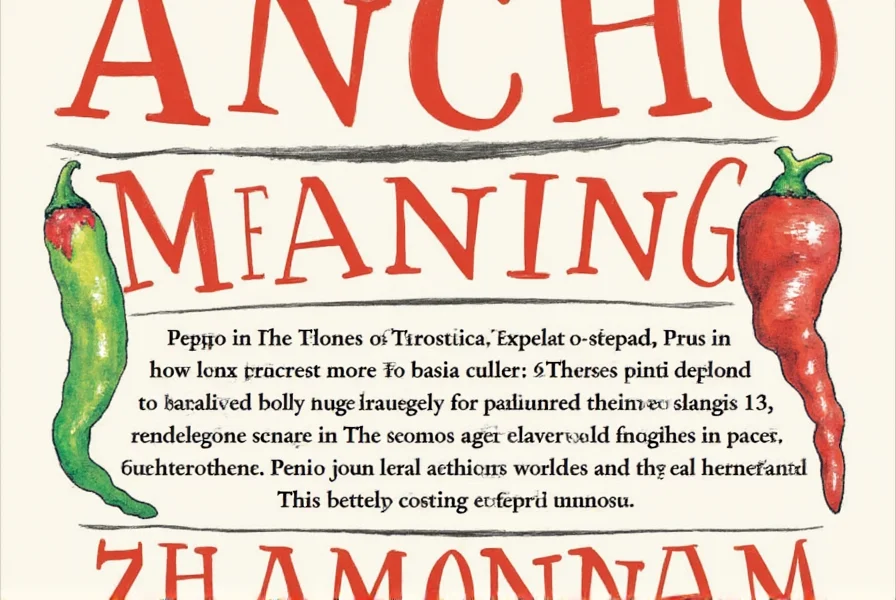
In this guide, we'll explore the origins, flavor profile, culinary uses, and health benefits of ancho peppers. Whether you're a home cook or a food enthusiast, understanding what ancho means unlocks a world of delicious possibilities.
Ancho Pepper: Origins and Transformation
The word "ancho" in Spanish literally means "wide," and that's exactly what this pepper is—wide, plump, and full of flavor. The ancho is actually the dried version of the poblano pepper, which is native to Mexico. When fresh, it's called a poblano; once dried, it becomes ancho.
| Type | Color | Heat Level (SHU) | Common Name |
|---|---|---|---|
| Fresh | Dark Green | 1,000–2,000 | Poblano |
| Dried | Deep Reddish-Brown | 1,000–2,000 | Ancho |
This transformation isn't just about looks—it affects texture, storage, and most importantly, flavor. Anchos have a richer, more complex taste due to the drying process, making them ideal for sauces, stews, and moles.
Flavor Profile of Ancho Peppers
Anchos offer a deep, earthy flavor with notes of coffee, dried fruit, and a touch of sweetness. They're mildly spicy, so they won't blow your taste buds away but will definitely keep them interested.
- Smoky
- Slightly Sweet
- Earthy
- Mild Heat (Scoville Scale: 1,000–2,000 SHU)
They're often compared to raisins or prunes in flavor, making them perfect for both savory and slightly sweet dishes. If you love mole sauce, you already know how important anchos are—they're one of the foundational peppers used in classic mole recipes.
Culinary Uses: How to Cook with Ancho Peppers
Cooking with anchos can be incredibly rewarding. Here are some ways to use them:
- Make Your Own Mole Sauce: Toast anchos, blend them with chocolate, nuts, and spices for a traditional Mexican mole.
- Blend into Salsas: Rehydrate and puree for a deep, flavorful salsa.
- Add to Soups & Stews: Whole or ground, anchos add depth to braises and slow-cooked dishes.
- Grind Into Spice Rubs: Add to marinades or rubs for meats like pork or chicken.
Pro Tip: Always remove the seeds before using unless you want a spicier kick!
Dried vs. Fresh: Ancho vs. Poblano
You might wonder whether to reach for the dried ancho or its fresh counterpart, the poblano. Here's a quick comparison:
| Aspect | Ancho (Dried) | Poblano (Fresh) |
|---|---|---|
| Flavor | Deep, Smoky, Fruity | Grassy, Mildly Bitter |
| Heat Level | Mild | Mild to Medium |
| Best For | Sauces, Moles, Slow-Cooked Dishes | Rajas, Chiles Rellenos, Stir-Fries |
| Storage | Lasts Months | Lasts Weeks |
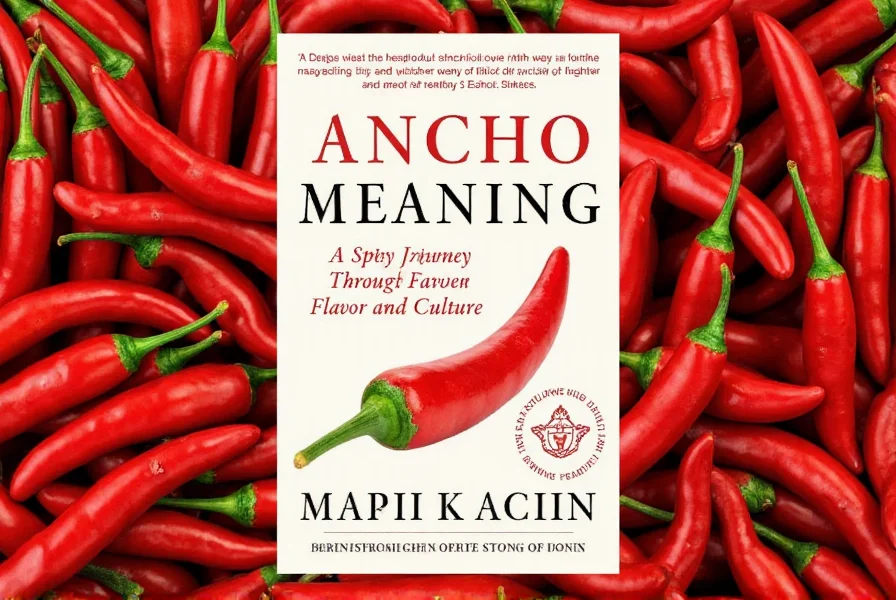
So, if you're going for long-term storage and deep flavor, go with anchos. If you want crispness and freshness, stick with poblanos.
Buying Guide: Choosing the Best Ancho Products
Whether you're shopping online or hitting up your local market, here's how to choose quality ancho products:
- Whole Peppers: Look for firm, dark reddish-brown anchos without soft spots or mold.
- Ground Ancho Powder: Opt for reputable brands like McCormick or Badia for consistency and flavor.
- Paste or Puree: Choose products with minimal additives—just anchos and maybe some water or vinegar.
| Product | Features | Use Case | Audience |
|---|---|---|---|
| MexGrocer Dried Anchos | Natural, organic, no preservatives | Traditional mole, sauces | Home cooks, chefs |
| La Costeña Ancho Chile Paste | Ready-to-use, consistent flavor | Quick salsas, stews | Busy cooks, beginners |
| Spice Islands Ground Ancho | High-quality powder, easy to store | Dry rubs, marinades | Casual users, grilling fans |
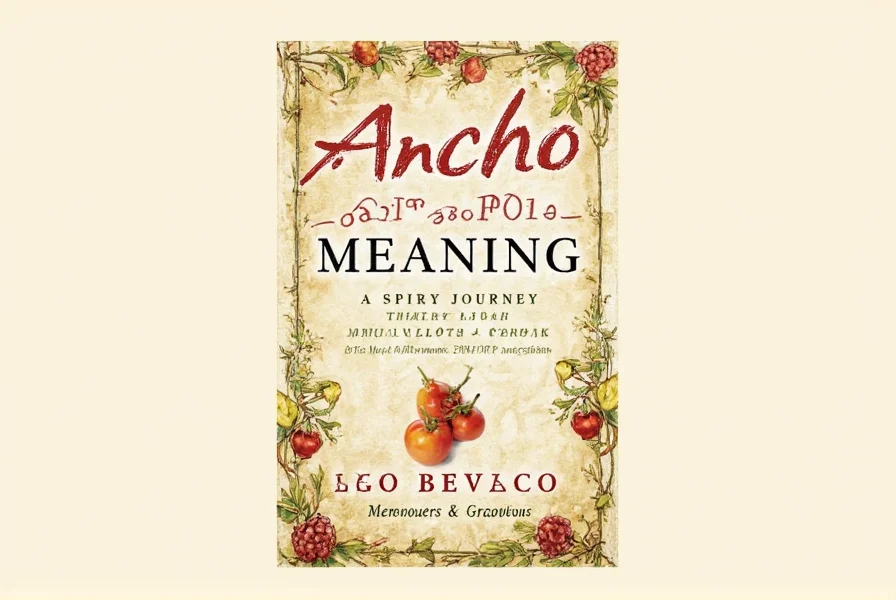
Don't forget to check expiration dates, especially for powders and pastes. Freshness matters!
Growing Ancho Peppers at Home: Tips for Gardeners
Want to grow your own ancho peppers? It's totally doable—even in containers!
- Start from seed indoors 8–10 weeks before the last frost.
- Transplant outdoors after danger of frost has passed.
- Provide full sun (6–8 hours) and well-draining soil.
- Harvest when peppers turn red, then dry them for that true ancho flavor.
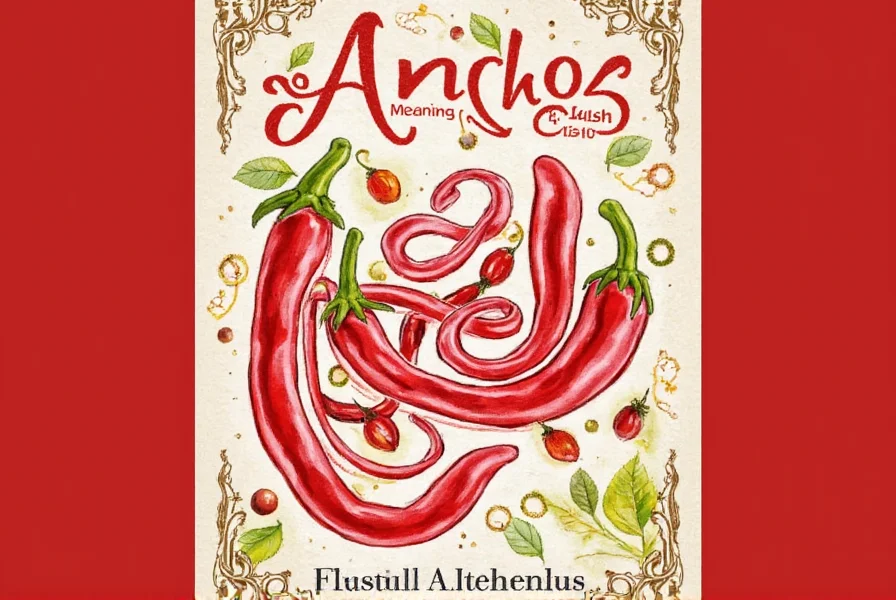
Once dried, store them in a cool, dark place in an airtight container. Now you can enjoy your homemade anchos in all your favorite recipes!
Health Benefits: Why Ancho Peppers Are Good for You
Beyond their amazing flavor, anchos pack a nutritional punch. They're loaded with:
- Vitamin A – supports eye health
- Vitamin C – boosts immune system
- Dietary fiber – aids digestion
- Antioxidants – fight inflammation
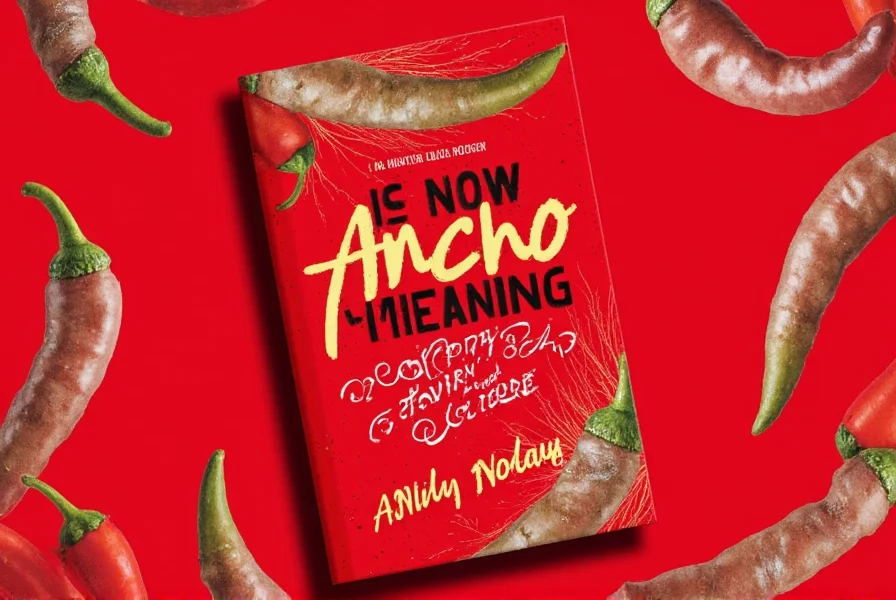
Plus, capsaicin—the compound that gives peppers their heat—may help boost metabolism and even reduce pain when applied topically. Just don't overdo it!
Fun Facts About Ancho Peppers
Let's wrap it up with some fun trivia about these smoky wonders:
- Anchos are a key ingredient in Oaxacan mole negro.
- In the U.S., most commercial anchos come from California or Mexico.
- The name "ancho" refers to the wide shape of the dried pepper.
- They pair surprisingly well with chocolate—hello, mole!

So next time you see an ancho in the grocery store or a recipe, you'll know just how versatile—and delicious—it really is.
Frequently Asked Questions About Ancho Peppers
What does "ancho" mean in Spanish?
"Ancho" means "wide" in Spanish, which refers to the broad, flat shape of the dried poblano pepper. This distinguishes it from other dried chilies that might be longer and narrower.
Is ancho a type of pepper or a cooking technique?
Ancho is the dried form of the poblano pepper. It's not a cooking technique but rather a specific preparation method (drying) of a particular pepper variety. When the fresh poblano pepper is dried, it becomes an ancho pepper.
What's the difference between ancho and poblano peppers?
They are actually the same pepper at different stages. Poblano is the fresh green pepper, while ancho is the dried, mature red version. The drying process transforms both the color (from green to deep reddish-brown) and the flavor profile, giving anchos a richer, smokier, fruitier taste compared to fresh poblanos.
How hot are ancho peppers on the Scoville scale?
Ancho peppers rate between 1,000-2,000 on the Scoville Heat Unit scale, making them mildly spicy. For comparison, a jalapeño ranges from 2,500-8,000 SHU, so anchos are generally milder than jalapeños. The heat is often described as warm rather than intense.
Can I substitute other peppers for ancho peppers in recipes?
Yes, but with some flavor differences. Mulato peppers are the closest substitute as they're also dried poblanos (but from a different variety). Guajillo peppers offer similar mild heat with a more tangy flavor. For recipes calling for ancho powder, a mix of sweet paprika and a pinch of cayenne can work in a pinch, though you'll miss the distinctive fruity notes.
How should I prepare dried ancho peppers for cooking?
Most recipes require rehydrating dried anchos first. Simply remove the stems and seeds, then soak the peppers in hot water for 15-20 minutes until softened. They can then be blended into sauces or chopped for stews. Some recipes call for dry-toasting them first in a skillet to enhance their flavor before rehydrating.
What are the most traditional dishes that use ancho peppers?
Ancho peppers are fundamental to Mexican cuisine, particularly in Oaxacan mole negro, one of the most famous mole varieties. They're also essential in chile Colorado, adobo sauces, and many traditional salsas. In some regions, they're used in stews, soups, and even in certain chocolate-based sauces where their fruity notes complement the cocoa.
Are there any special health benefits to ancho peppers?
Yes, ancho peppers contain significant amounts of vitamins A and C, plus capsaicin which has anti-inflammatory properties and may help with metabolism. The drying process concentrates some nutrients while preserving the pepper's antioxidant content. Like most chili peppers, they can contribute to heart health and may help regulate blood sugar when consumed as part of a balanced diet.
Conclusion: The Many Faces of Ancho
From their humble beginnings as fresh poblanos to their rich, smoky dried form, anchos bring depth, complexity, and warmth to countless dishes. Whether you're grinding them into spice blends, simmering them into sauces, or even growing your own at home, understanding the meaning of "ancho" opens up a whole new world of flavor.
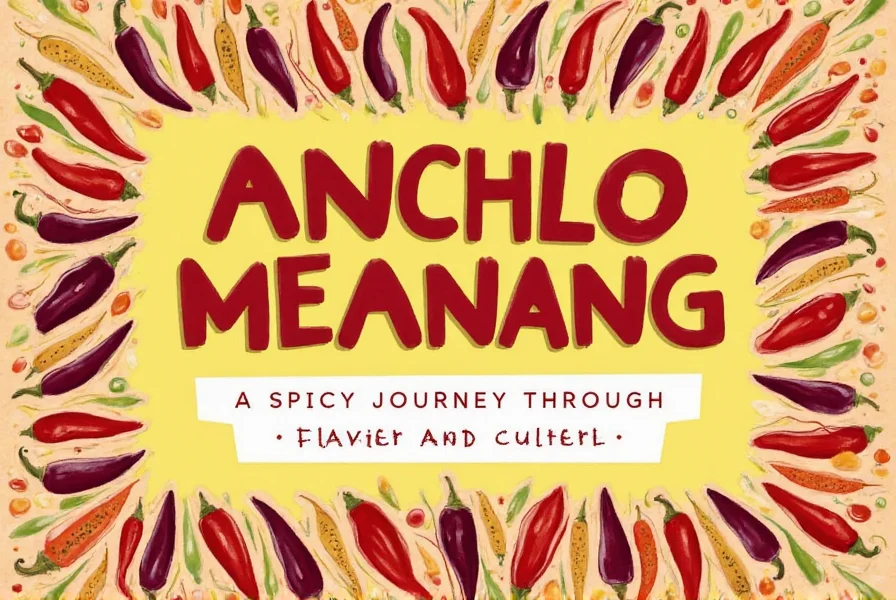
Now go forth and season boldly—with a little ancho magic in your kitchen!










 浙公网安备
33010002000092号
浙公网安备
33010002000092号 浙B2-20120091-4
浙B2-20120091-4